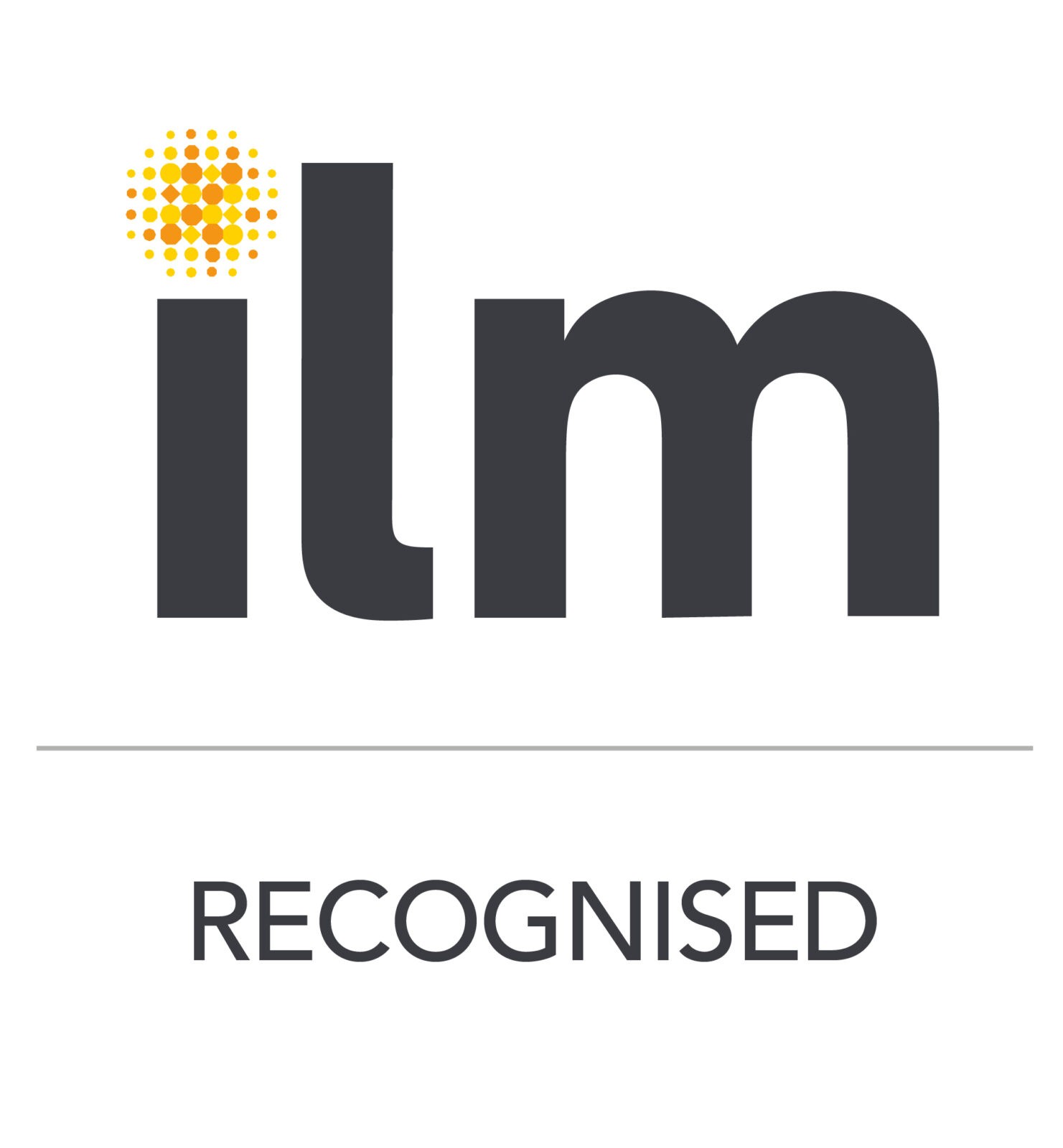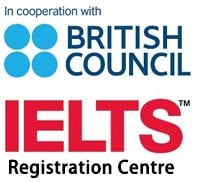This program focuses on how to better coach your employees to a higher performance. Coaching is a process of relationship building and setting goals. How well you coach relates directly to how well you are able to foster a great working relationship with your employees through understanding them and strategic goal setting.
Who Should Attend?
Ideal for candidates in leadership positions, who want to develop their staff performance through effective and positive coaching experiences. The candidate must know the basic of English language and should have completed high school / undergraduation.Topics Covered:
- Defining Coaching and Mentoring
- Introducing the G.R.O.W model
- Setting Goals
- Understanding the Realities
- Developing Options
- Wrapping it all up – Creating the Final Plan
- The Importance of Trust
- Providing Feedback
- Overcoming Roadblocks
- Reaching the End
- How Mentoring Differs from Coaching
Learning Outcomes:
At the end of this program, participants will be able to:- Define coaching, mentoring and the GROW model.
- Identify and set appropriate goals using the SMART technique of goal setting.
- Identify the steps necessary in defining the current state or reality of your employee’s situation.
- Identify the steps needed in defining options for your employee and turn them into a preliminary plan.
- Identify the steps in developing a finalized plan or wrapping it up and getting your employee motivated to accomplish those plans.
- Identify the benefits of building and fostering trust with your employee.
- Identify the steps in giving effective feedback while maintaining trust.
- Identify and overcoming common obstacles to the growth and development of your employee.
- Identify when the coaching is at an end and transitioning your employee to other growth opportunities.
- Identify the difference between mentoring and coaching, using both to enable long-term development through a positive relationship with your employee.
- Explain the importance of flexibility in the context of change, and demonstrate methods the change leader and individual change participant can use to promote flexibility



